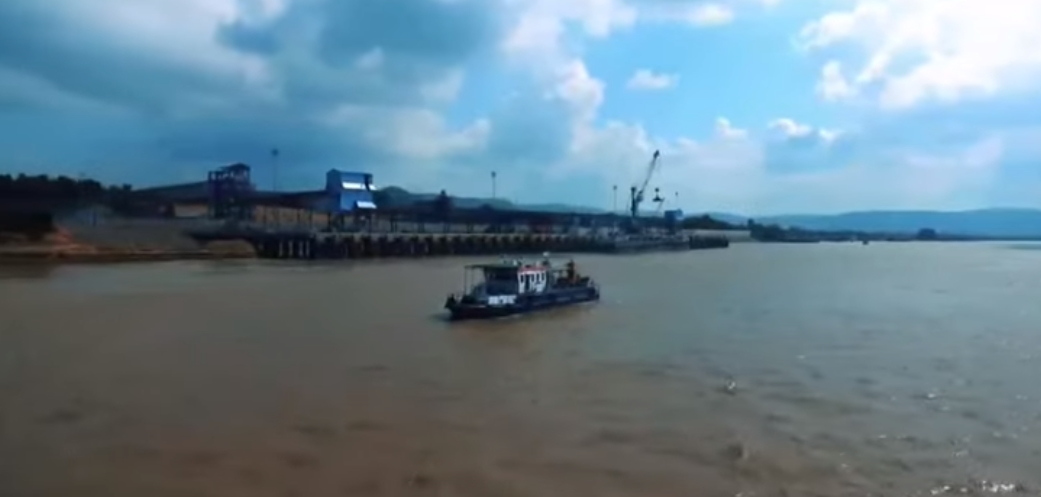India is paying unprecedented attention to inland waterways which will yield a whopping 23 new eco-friendly domestic channels to spur a "blue-economy" by 2030. Inaugurating the 'Maritime India Summit 2021' through video conferencing today, Prime Minister Narendra Modi stressed that inland waterways will emerge as a cost effective and environment friendly option to transporting freight and spur trade.
Over 1.7 lakh people from more than 100 nations have registered as participants for the three-day summit. It includes ministers from eight nations, more than 50 global CEOs and over 160 speakers, 115 of which are from 24 countries.
The Prime Minister said that India is very serious about growing in the maritime sector and emerging as a leading Blue Economy of the world.
He said that India aims to strengthen the vision of 'Aatamnirbhar Bharat' through focal areas that include upgradation of infrastructure, boosting the reform journey in the maritime sector.
"Ours is a government that is investing in waterways in a way that was never seen before," said PM Modi.
The Prime Minister noted that instead of a piecemeal approach, the focus is on the entire sector. He stressed that the capacity of major ports had already increased now from 870 million tonnes in 2014 to 1,550 million tonnes.
Indian ports now have measures such as: Direct port Delivery, Direct Port Entry and an upgraded Port Community System (PCS) for easy data flow. Our ports have reduced waiting time for inbound and outbound cargo.
PM Modi also stated that mega ports with world class infrastructure are being developed in Vadhavan, Paradip and Deendayal Port in Kandla in Gujarat.
He further pointed out that India has as many as 189 lighthouses across its vast coastline.
"We have drawn up a programme for developing tourism in the land adjacent to 78 lighthouses. The key objective of this initiative is to enhance development of the existing lighthouses and its surrounding areas into unique maritime tourism landmarks."
The Prime Minister announced that steps are also being taken to introduce urban water transport systems in key states and cities such as Kochi, Mumbai, Gujarat and Goa.
He said that the government has recently widened the ambit of the maritime sector by renaming the Ministry of Shipping as Ministry of Ports, Shipping and Waterways so that work happens in a holistic manner.
"The government is also focusing on the domestic ship building and ship repair market. To encourage domestic shipbuilding approval has been given to the Shipbuilding Financial Assistance Policy for Indian Shipyards."
Modi informed that the Ministry of Port Shipping and Waterways has created a list of 400 investable projects. "These projects have an investment potential of $31 billion or Rs 2.25 lakh crores."
Talking about the Maritime India Vision 2030, he said it outlines the priorities of the government.
Continuing with India's focus on trade and economic linkages with the BIMSTEC and IOR nations, the Prime Minister said India plans to enhance investment in infrastructure and facilitate mutual agreements by 2026.
He said the government is in the process of installing solar and wind-based power systems at all the major ports across the country and aims to increase usage of renewable energy to more than 60 per cent of total energy by 2030 in three phases across Indian ports.
Modi concluded with exhortation to the global investors, saying "India's long coastline awaits you. India's hardworking people await you. Invest in our ports. Invest in our people. Let India be your preferred trade destination. Let Indian ports be your port of call for trade and commerce."
Minister of Transport of Denmark Benny Englebrecht, Chief Ministers of Gujarat and Andhra Pradesh, Union Ministers Dharmendra Pradhan and Union Minister of State for Ports, Shipping and Waterways, Mansukh Mandaviya, were also present on the occasion.
(With agency inputs)




















